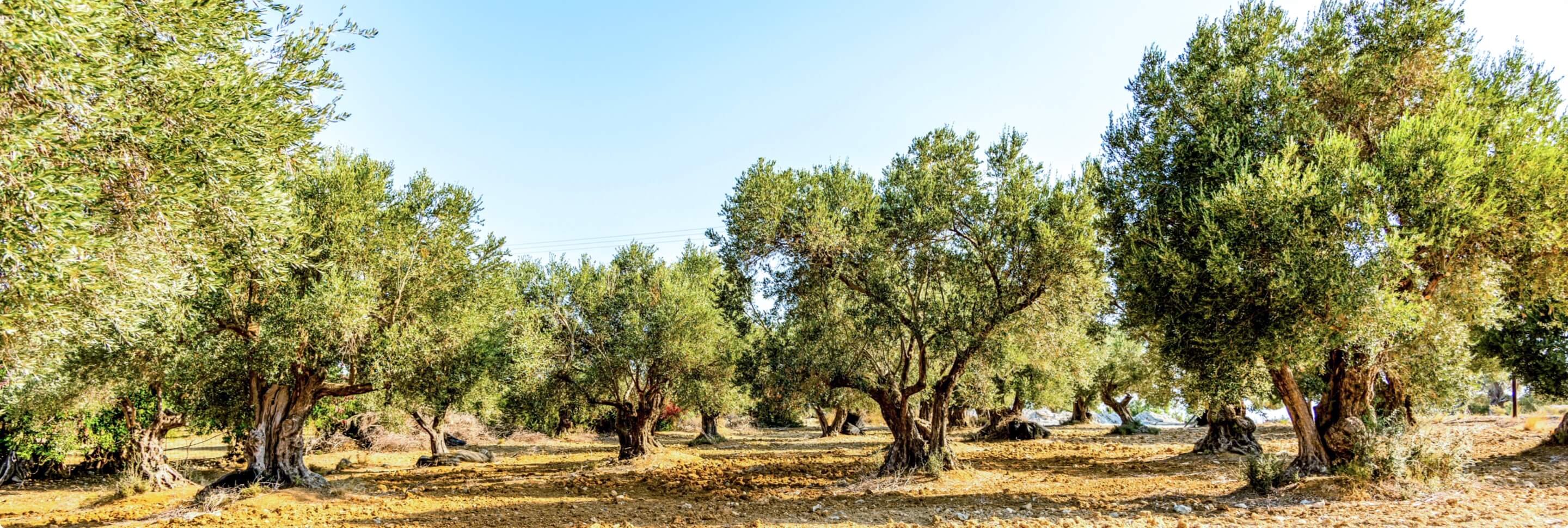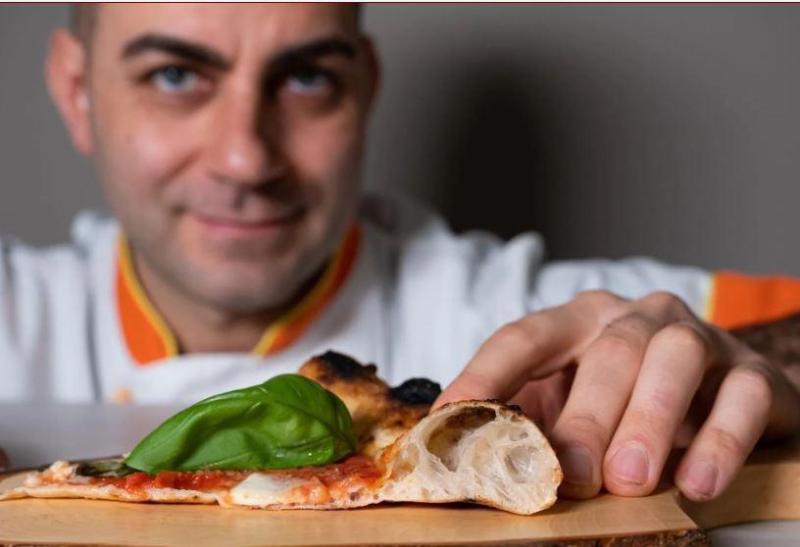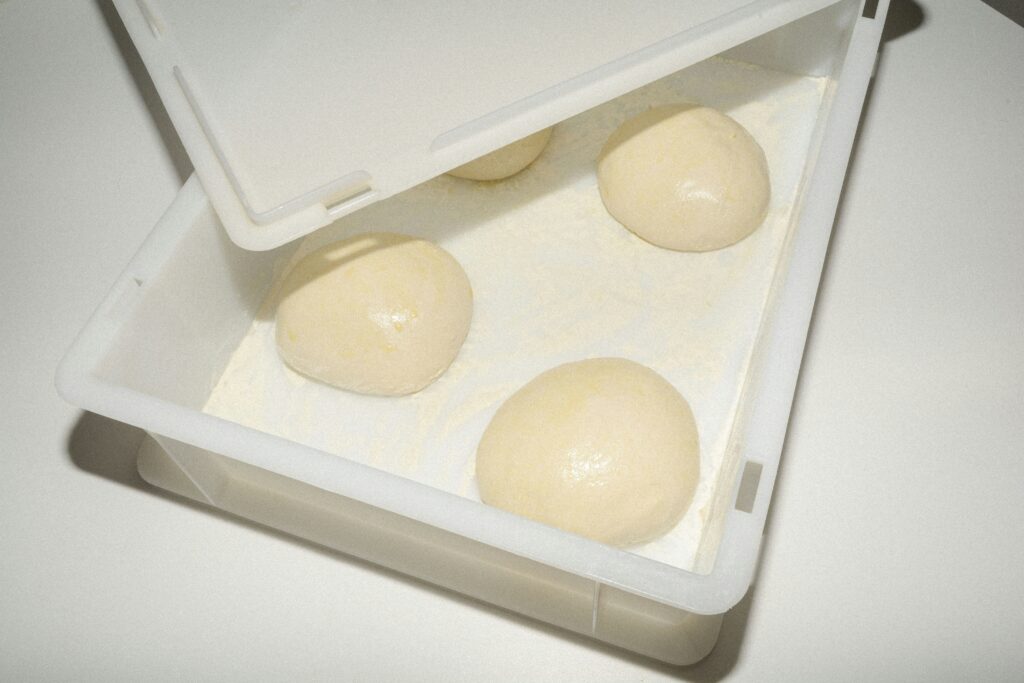
Italy is one of the major producers of extra virgin olive oil, being able to count on a very wide selection of olive varieties. Still today, however, production is very fragmented. Here are some advices for choosing a good extra virgin olive oil.
Extra virgin olive oil is the most natural product that you can obtain, a real olive-squeezed juice. Perfect seasoning for savory and sweet, raw or cooked dishes.
Among the different vegetable fats, extra virgin olive oil is undoubtedly the highest quality product and it is recommended both for its health benefits, as a fundamental element for the treatment and prevention of several pathologies, and for a healthy and natural diet, being one of the basic foods of the Mediterranean diet.
Not all extra virgin olive oils are the same, however. In fact, the value of extra virgin olive oil is the result of a synergic and careful production chain, where nothing is left to chance and the territory represents the essence of the oil uniqueness, just as it is for wine.
More than a thousand types of olive trees are known in the Mediterranean alone, without considering many other varieties that are still unknown, which have ancient origins and are limited to particular production areas. Italy is one of the European countries with the largest production and the greatest variety of olives (cultivars). In fact, our country boasts a heritage of more than 400 cultivars, which are expression of the different territories.
Italy is the European country in which are produced oils of higher quality, thanks to the variety of raw material and the development of the best cultivation and harvesting techniques. In fact, among the quality oils recognized in the European Union, almost 40% is represented by Italian brands (source Ismea).
Other than in the wide areas specifically dedicated to the cultivation of olive trees, which are chosen for quantity and quality of the product, the Italian olive growing is also developed in difficult areas. However, if on one hand there are difficulties in production, on the other hand, in this way, the environmental, landscape, historical, cultural and anthropological values of olive groves increase. The oil cultivars we know today are the result of a millenary selection made by man and linked to the best oil production. As for olive production, it is now well known that the characteristics of each cultivar (variety) are different. Moreover, if we take into consideration the cultivar itself, the cultivation conditions and the seasonal trend are equally important variables.

Italian production is characterized by high fragmentation. The olive production companies throughout the country are about 825 thousand, most of which are micro-companies dedicated to a niche production. The extreme fragmentation of Italian production also emerges from the number of olive oil mills, which throughout the country are about 4,456. The large number of olive oil mills, however, if on one side increases the costs of the system, on the other side certainly represents a further guarantee of quality. In fact, being the mill close to the place of production, the olive pressing is done within 24 hours after the harvest; this aspect is essential to maintain the quality of the oil and all its nutritional and organoleptic characteristics. Nevertheless, despite the great potentialities of our country, the production of certified oil does not exceed 2% – 3% of the total produced.

As we said, the Italian territory is characterized by a variety of productions, but how can you choose the best extra virgin olive oil?
First of all, it is important to know how oil was produced, the time within which the olives were pressed after the harvest and the origin of the olives themselves. In fact, the traceability of the raw material is one of the aspects to keep in mind when choosing food products, especially extra virgin olive oil, which is one of the most subject products to fraud and adulteration.
In order for an extra virgin olive oil to be top quality, it is important that it is cold pressed. As a matter of fact, cold pressing allows keeping unaltered the precious organoleptic and nutritional characteristics of olives. Therefore, when you buy an extra virgin olive oil, always make sure the bottle shows the words “cold pressed oil” as well as “cold extracted or pressed oil”.
It is therefore important to read well a label when buying extra virgin olive oil, however at the same time it is also necessary to learn how to recognize good oil by its taste and its aroma. An extra virgin olive oil has a rather marked taste and smell, with a variety of aromas due to the different cultivars used to produce it. It can be more or less fruity, or more or less spicy, with an aftertaste that adapt to some dishes better than to others, just like a good wine



